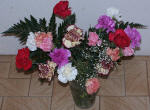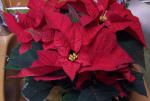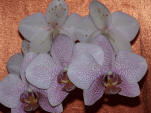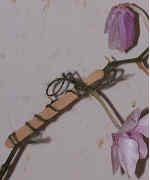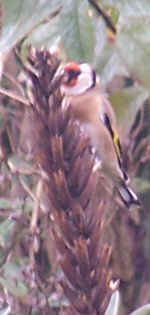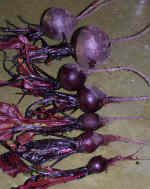 |
| boro f1 hybrid |
I left my beetroot in the ground as I only had a few. But it was very satisfying to go down the garden on Chrismas Eve and dig up a handful or two.
After washing and cleaning I took half to a friend and the rest I peeled, before cooking in the microwave for eating with a cottage pie, sprouts and peas. I think it is important to remove all the peel as it can add a bitter taste. Also, I found they need exta cooking time to other vegetables.
I had noticed a month ago that the beetroot leaves stained the white frost red from the juice leaking out. Although they discolour water these roots didn't bleed even when cut. In the picture the dark patches are on moist areas, the light areas have dried. They do need to be kept moist.
I think it is better to lift beetroot in late autumn and store in moist peat or vermiculite contained in a ventilated box. Just a couple of these roots had a small hole, nothing to worry about. But storage reduces the risk of pest damage as well.

